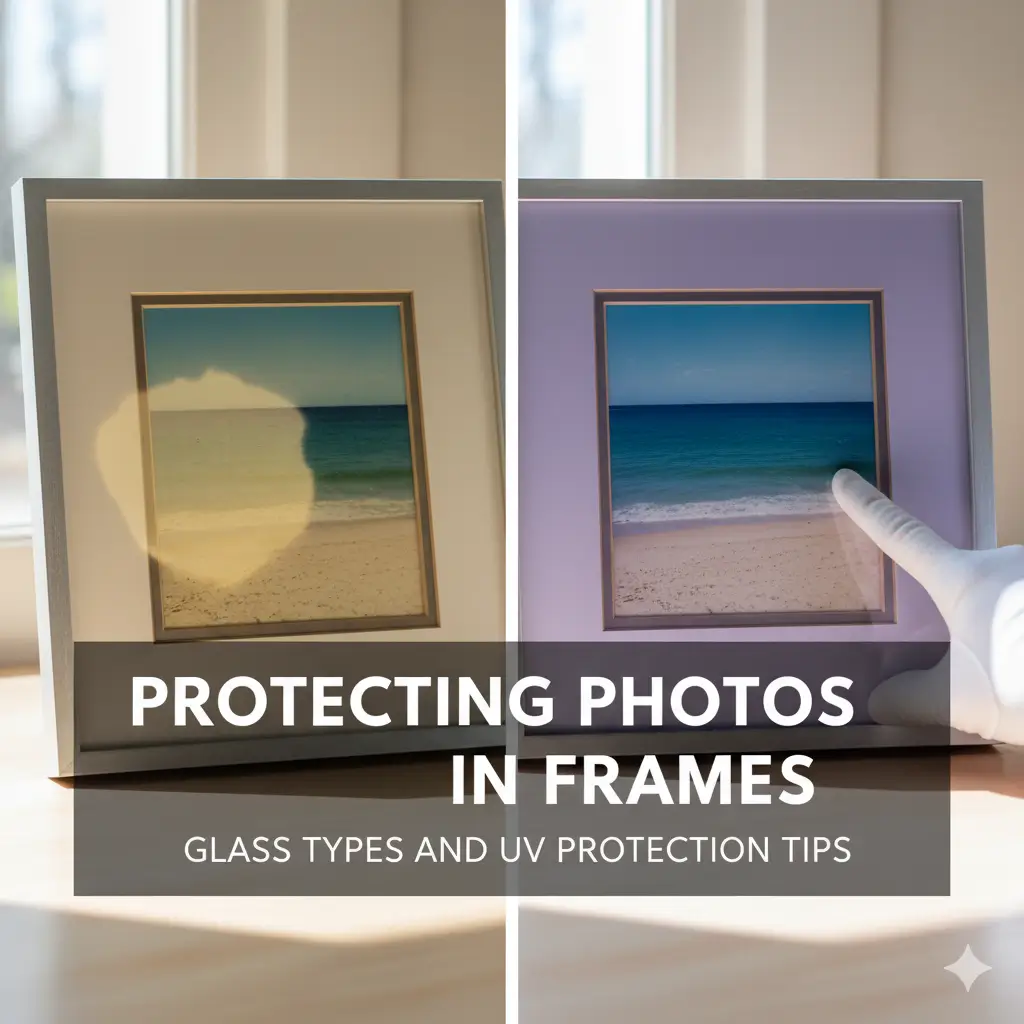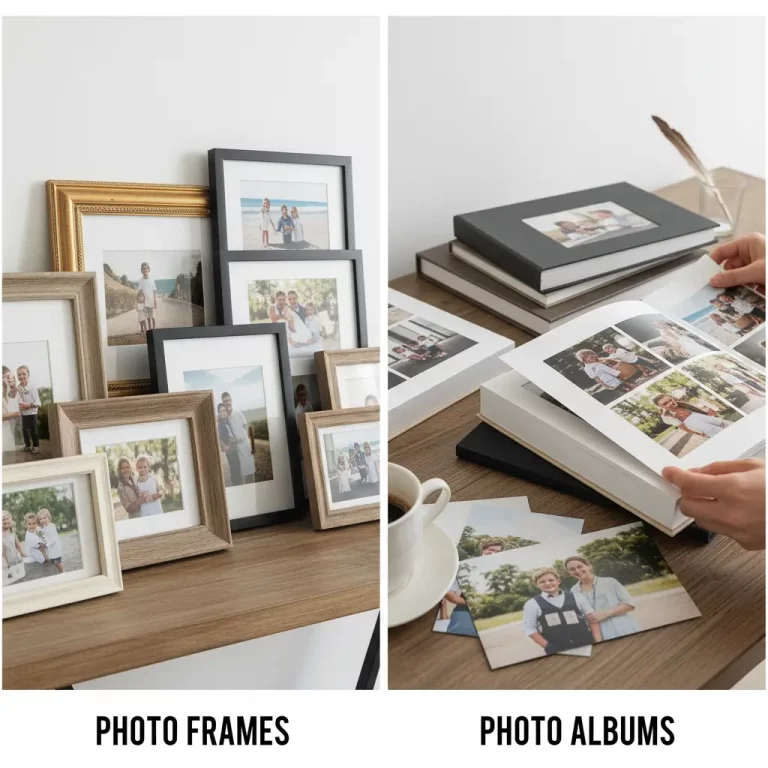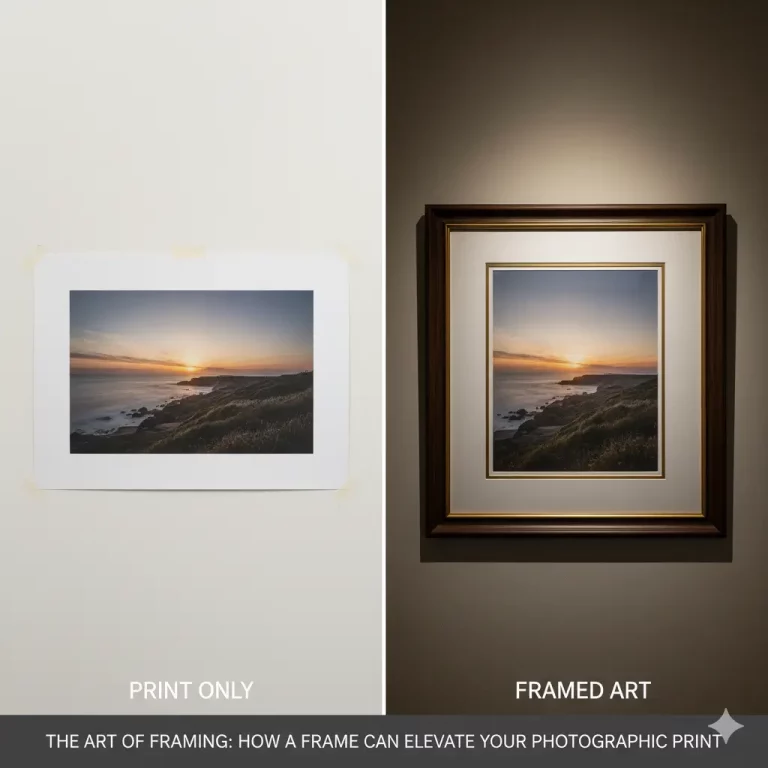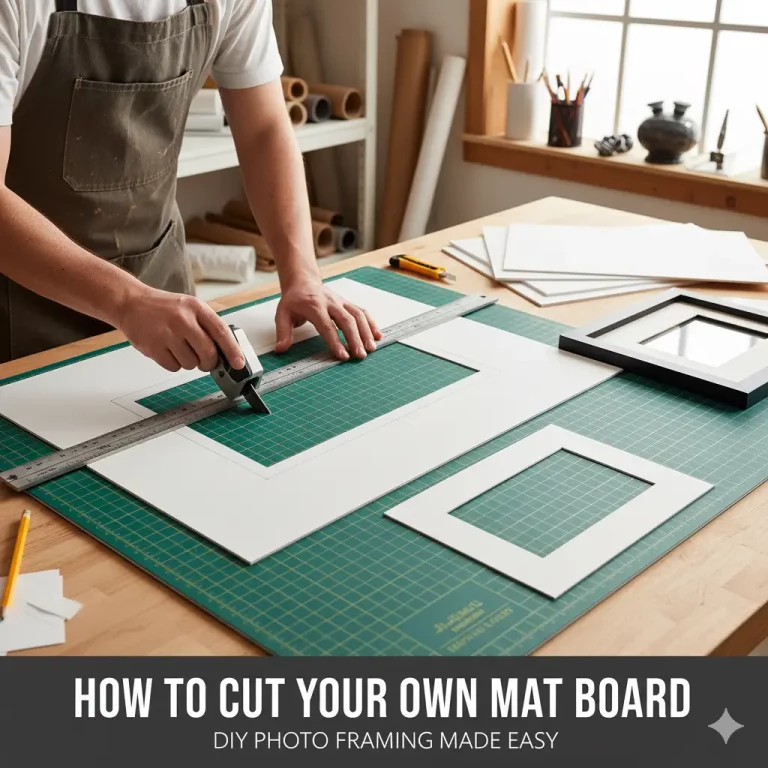Framing a favorite photograph—be it a joyful wedding scene, an heirloom family portrait, or a breathtaking landscape—should preserve those memories for years to come. While a beautiful frame enhances your decor, its primary role is to shield what’s inside. The biggest threat isn’t always visible: ultraviolet (UV) light can cause lasting damage, fading colors, yellowing paper, and erasing autographs over time.
The layer separating your photo from environmental factors is called glazing, and choosing the right glazing can make all the difference. Standard glass offers limited defense, but specialized UV frame glass can block up to 99% of harmful rays, protecting the vibrancy and detail of your cherished images. In this guide, you’ll discover types of frame glass and actionable tips to defend your photos from UV damage.
Why UV Protection Matters for Your Photos
UV light, found in sunlight and many household bulbs, breaks down the dyes and pigments in photographs through a process called photodegradation. The results are irreversible: colors fade, images become brittle, and prints may yellow over time.
Even if you hang frames indoors, windows can admit a surprising amount of UV light. Ambient brightness in well-lit rooms is enough to cause slow damage. Any photo—whether it’s fine art, a child’s masterpiece, or a signed piece of memorabilia—deserves the right protection. Effective glazing is your top tool in this preservation effort.
Comparing Frame Glass Types
When you shop for a new frame, particularly from a reputable custom framing shop, you’ll choose from various glazing types. Here’s what you need to know:
Standard Glass
This is the default glass in most off-the-shelf frames.
- UV Protection: Blocks approximately 45% of UV rays—not adequate for long-term image preservation.
- Clarity and Reflection: Offers basic clarity but is highly reflective, which can obscure your photo in bright spaces. It may contain a slight green tint from iron content.
- Best Use: Affordable and suitable for temporary displays or prints that you can easily replace. Upgrade for anything with sentimental or financial value.
UV-Protective Glass (Conservation Glass)
This industry-standard glass is designed to filter out almost all damaging ultraviolet rays.
- UV Protection: Blocks 98–99% of UV radiation, essential for keeping photos looking their best.
- Clarity and Reflection: Matches standard glass for clarity and reflectivity, so glare is still a consideration.
- Best Use: Ideal for artworks, limited-edition prints, family keepsakes, and documents. A smart investment for anything irreplaceable.
Museum Glass
The ultimate choice, museum glass offers unmatched protection and visual clarity.
- UV Protection: Shields against 99% of UV rays.
- Clarity and Reflection: Features an advanced anti-reflective coating, minimizing glare for a nearly invisible look. Accurately displays colors and textures without distractions.
- Best Use: Perfect for high-value art, gallery pieces, and photos you want to display at their very best. Although it’s the most expensive option, the visual payoff is unrivaled.
Acrylic (Plexiglass) Alternatives
Acrylic offers a lightweight, shatter-resistant option, commonly found in larger frames and public spaces. Learn more in our detailed comparison of acrylic vs. glass frame covers.
- UV-Protective Acrylic: Conservation acrylic is available with the same 99% UV-blocking performance as glass, ideal for spaces where safety or weight is a concern.
- Museum Acrylic: Delivers 99% UV protection and anti-reflective surfaces in a lighter, durable form.
Top Tips to Prevent UV Damage
While the glazing you pick is critical, these strategies boost your photo protection:
1. Be Strategic with Placement
Location affects how much UV your photos receive.
- Avoid Direct Sun: Never hang frames where sunlight hits directly, even briefly.
- Watch Indirect Light: Reflected or diffused sunlight from windows can still cause harm. In sunlit rooms, use UV-blocking glass or acrylic.
- Rotate Displays: Switch out framed photos occasionally to let them “rest” from light.
2. Update Your Lighting
Certain bulbs produce more UV.
- Choose Low-UV Lighting: LED bulbs are generally safer options for art and photos.
- Use Dimmers: Lower overall brightness to reduce UV exposure from spotlights or track lights.
3. Use Acid-Free Mat Boards
Mat boards add visual appeal and protect photos by preventing direct contact with the glazing, reducing the risk of sticking and damage from humidity. Always select acid-free, archival-quality mats to avoid long-term harm.
Choosing the Right Glass for Your Frames
The best choice depends on what you’re framing:
- Casual Prints and Temporary Decor: Standard glass or acrylic works well, especially in shaded areas.
- Treasured or Important Photos: Invest in UV-protective glass or acrylic. The modest additional cost ensures longevity.
- Showpiece Artwork and High-Value Photos: Choose Museum Glass or Museum Acrylic for superior clarity and protection—well worth it for your most prized pieces.
Remember, your photos tell your story. With the right glass and thoughtful placement, you can enjoy them for generations. When shopping at a professional frame shop, always inquire about UV-protective options. For more framing insights, check out our Design Guide for Beautiful Frames: Tips and Tricks or explore Wall Art vs. Prints: Understanding the Key Differences.





